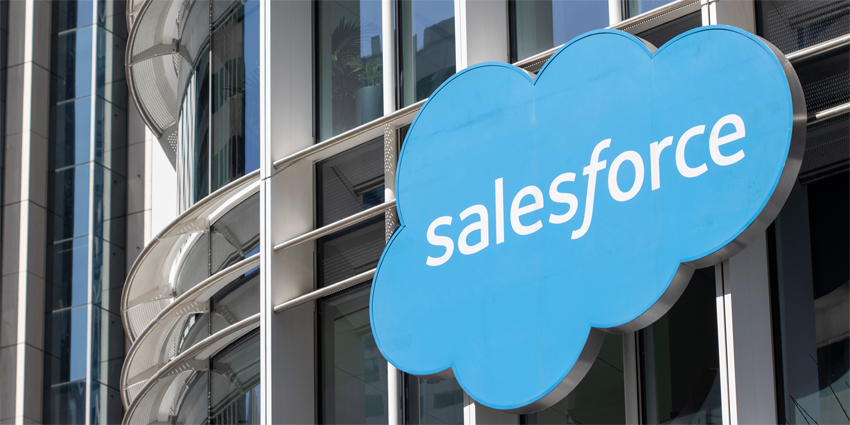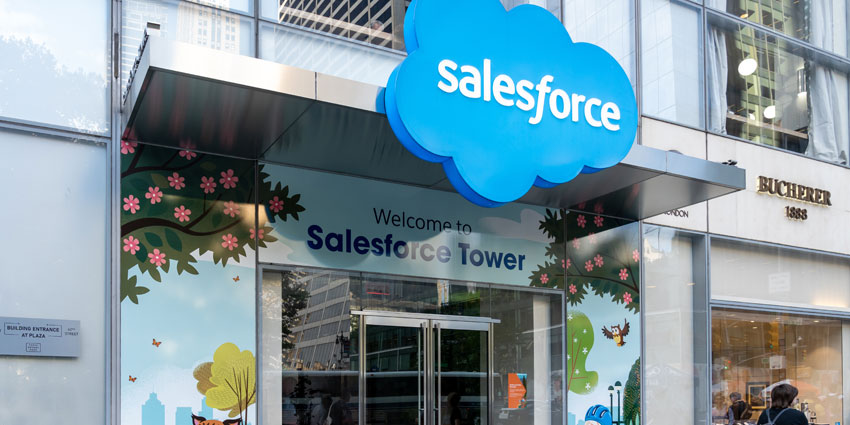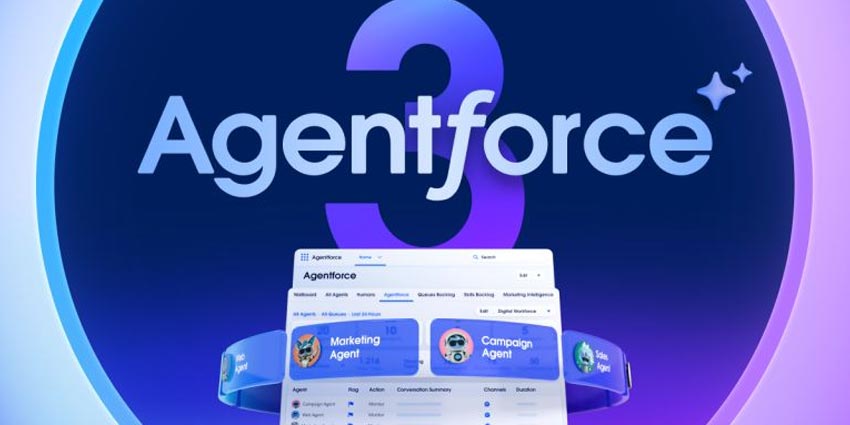The approach you take when you compare CRM software vendors or solutions is more important than you’d think. Today, CRM software is a must-have for virtually every company, regardless of that organization’s size or chosen industry. In fact, studies show more than 90% of companies with more than ten employees rely on a CRM system.
That’s because your ability to thrive in any market depends on how effectively you can build and nurture relationships with your customers. A CRM system doesn’t just give you an environment where you can consolidate data about your customer’s journey, previous purchases, and preferences.
It provides you with a valuable tool for aligning your sales, customer service, and marketing teams around a customer-centric strategy for growth. Unfortunately, while all CRM systems are designed to empower teams, enhance business decision-making, and improve customer experiences, not all platforms are alike. Here’s how you can compare your options and choose the right solution in 2024.
Step 1: Know the Different Types of CRM Systems
CRM technology has evolved significantly in recent years. Not only do leading customer relationship management tools now feature more advanced capabilities, such as built-in AI and workflow automation solutions, but there are various different solutions tailored to specific needs.
For instance, if you’re looking for comprehensive flexibility from your CRM technology and you want to keep costs low, you might consider an open-sourced CRM system. Though these solutions come with less support from platform vendors, they do offer unique benefits to companies who want to “build their own” ideal technology stack.
There are also CRM systems that focus on the needs of specific groups, such as sales teams or customer service experts. Sales-focused CRM systems might include more sales enablement tools, pipeline management, and forecasting capabilities. Customer-service-focused solutions might include access to customizable chatbots and proactive customer support solutions.
You can even find CRM systems specifically designed for the unique needs of different industries, such as finance teams, healthcare experts, and government groups.
Step 2: Assess the Needs of Your Customer-Facing Teams
Before you compare CRM vendors and solutions, it’s important to clearly understand what your employees need from this technology. The best CRM system should inform, empower, and support every customer-facing team and employee in your organization. This means taking a close look at the challenges each of these groups faces when managing customer relationships.
Speak to your marketing team leaders and ask them what technology will help them effectively scale and optimize their marketing efforts. Do they need a CRM system that integrates with generative AI tools to help them build personalized email, SMS, and content marketing strategies at scale? Are they looking for a CRM system that can give them deeper insights into your target audience and the stages of their customer journey?
Talk to your sales teams and find out how they’ll use your CRM technology to qualify leads, identify high-value customers, and create personalized selling strategies. Think about the key features your employees will need to leverage full visibility into sales pipelines, unlock extra revenue with upselling and cross-selling strategies, and track sales opportunities.
When it comes to your customer service team, ask them what features will help them elevate the customer experience. Do they need customer sentiment analysis tools to minimize churn, analytical systems to enable proactive customer service, and tools for generating self-service content, like FAQs and guides?
Step 3: Examine Your Current Technology Stack
The best CRM system shouldn’t be removed from your existing customer experience technology stack. These platforms need to be able to integrate with the different tools your employees use every day to manage customer service, marketing, and sales strategies.
Start by ensuring there’s an easy way to connect your CRM system fully to your contact center platform. A strong CRM/CCaaS platform integration should support true omnichannel integration (allowing you to gather data from every interaction across multiple channels. It should also offer access to valuable features, like call recording capabilities, screen pops for agents and click-to-call.
Outside of your CCaaS platform, it’s also worth looking for integrations with:
- Sales tools: Such as lead qualification software, outbound dialling systems for customer outreach, pipeline management dashboards, and workflow automation tools.
- Marketing platforms: The solutions you use to automate and enhance social media and email marketing campaigns, content marketing strategies, and demand generation methods.
- Workforce management tools: The technology you use to manage and assign resources to sales, marketing, and customer service tasks throughout the organization.
- Collaboration tools: A CRM system that integrates with your UCaaS tools, project management, and collaboration apps will help teams collaborate more effectively on CX strategies.
- Document libraries: Ensure your CRM can connect with all of the platforms you use to collect and manage crucial resources, like product data sheets, proposals, and SOPs.
Step 4: Compare CRM Feature Sets
Once you’ve evaluated the needs of your customer-facing teams and your current technology stack, you should have a basic knowledge of the “essential” features you’ll need to access in a CRM system. Start by listing your non-negotiable features. These might include tools for pipeline management, sales forecasting, contact management, and opportunity management.
Once you’ve identified the “essential” features critical to your teams, start exploring more advanced features that can boost the impact of your investment, such as:
- AI-powered tools: AI is becoming an increasingly valuable resource in customer relationship management technology. AI tools can facilitate more accurate sales forecasting projections and lead-scoring strategies. It can also help companies create content for marketing and sales campaigns or enable better customer journey-mapping efforts.
- Advanced workflow automation: Similar to AI, automation solutions are common in many modern CRM systems. When you compare CRM tools, look for systems that can help you automate everything from lead scoring to customer follow-up activities.
- Enhanced reporting and analytics: Most CRM solutions will include basic reporting and analytics capabilities. However, more advanced tools can help you dive deeper into your data with trend and market analysis, sentiment analysis, and even predictive analytics.
- Client and account management: Some CRM solutions can empower companies to enhance their self-service strategies with branded client portals and tools where people can track upcoming appointments, monitor service requests, and share feedback.
- Data management: Next-level data management capabilities can help companies leverage more value from the insights they collect about customers. The right tools can help with building customer journey maps, segmenting customers, and even reduce compliance and security concerns.
Step 5: Compare CRM Support Options and Ease of Use
Finally, when you compare CRM solutions, it’s important to think carefully about the experience your employees are going to have with this technology. The right system shouldn’t be difficult for team members to navigate, regardless of whether you’re supporting sales, marketing, or service teams.
Look for a solution that puts the user experience first, with a straightforward interface, customizable dashboards, and step-by-step tooltips for team members. Compare CRM providers based on the onboarding and training resources they offer your team members. Look at the company’s approach to customer service and how quickly and effectively they can assist you with technical issues and common problems. Additionally, make sure it’s easy to scale and customize your technology.
As your business evolves and you implement new communication channels and technologies into your customer experience strategy, your CRM solution should be able to adapt accordingly. Choosing a vendor that makes it easy to change your CRM plan, add new licenses, and leverage different integrations when necessary will help to future-proof your strategy.
Compare CRM Technologies the Right Way
The right CRM technology is a must-have for any organization. However, figuring out how to effectively compare CRM solutions in a rapidly growing market can be difficult. Rather than making your decision based solely on your budget, use the steps above to ensure you’re selecting tools that will empower, augment, and enhance your CX strategy.
Taking a comprehensive approach to assessing different market options will ensure you can continue to compete on the basis of exceptional customer service and optimize your teams’ performance.







